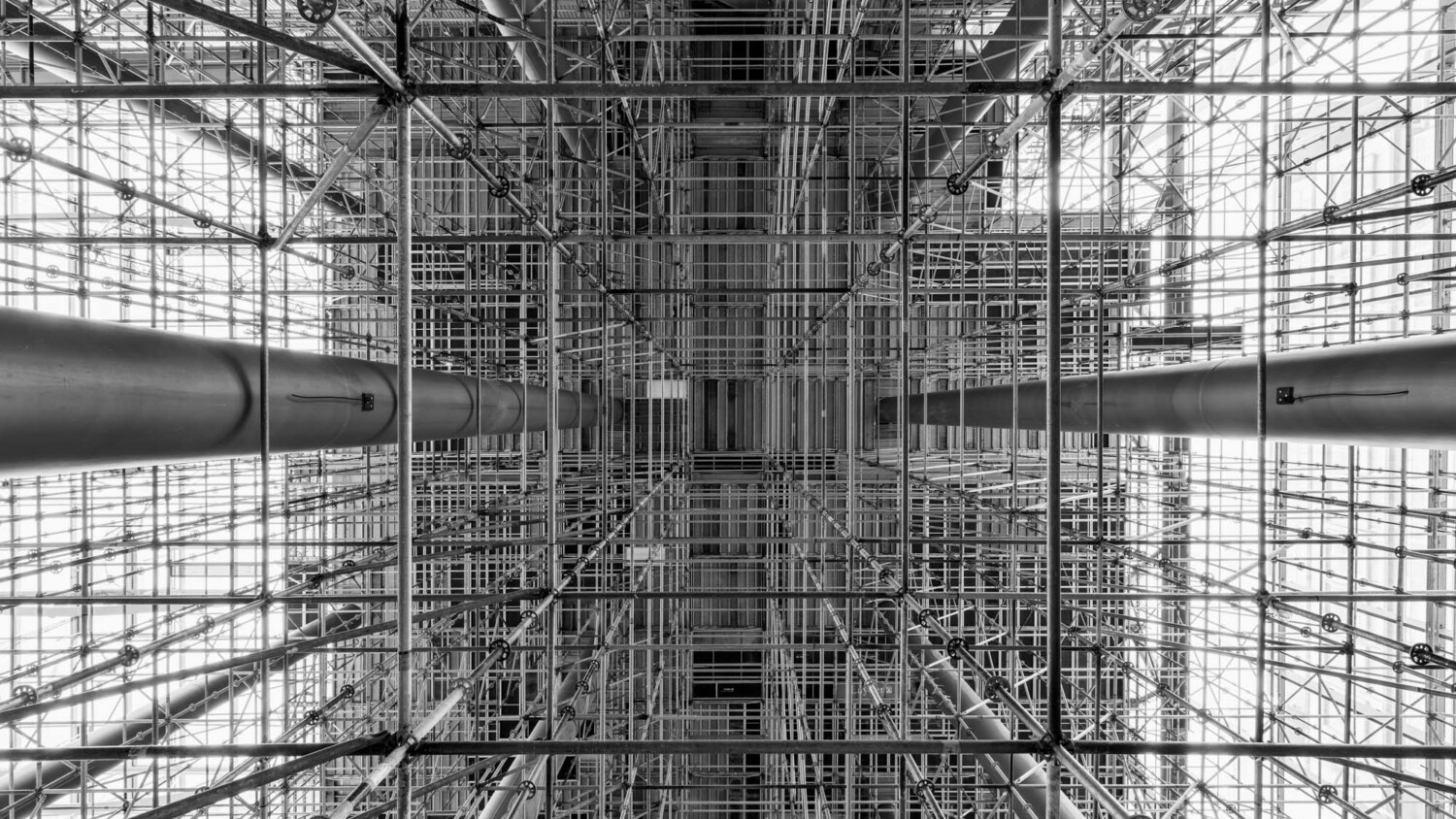Demystifying SEO for Architectural Photographers
I recently received a call from Martijn Koetsier, a SEO expert with whom I have regular contact. In order to broaden his horizons, he had decided to spend a day every now and then this year with someone who does something completely different from him. Martijn wanted to know if he could join me on a shoot day. Of course he was allowed to come with me, but he wanted to give something back in exchange. We agreed upon the “payment” in the form of this interview. The SEO end of websites remains abracadabra for many of us. We know it’s important, we know the basic rules, but we don’t really understand it either — at least I don’t, anyway. So if you’re interested in learning the interworkings of Search Engine Optimisation, this interview might just enlighten you!
So how do you become an SEO expert?
Martijn: “I’ve worked in game and music journalism, but it was not easy to make a living out of that. I then entered copywriting and specialized in texts that were intended to be found on the web. In studying and applying SEO I could lose a lot: marketing, analytical skills, creativity and technical knowledge. I now write less and less but advise more to a wide range of clients, from freelancers to multinationals.”
What if there are just a few keywords?
Many photographers have found a niche in which they work. A niche is a small part of a market, and a logical consequence is that the number of keywords for which you want to be found is also more limited. Take the architectural photographer. He/she wants to be found on “architectural photographer”, not even on “architectural photography” because that is already too broad. There are really few keywords, and everyone who is active in that niche wants to be found on it. How can you best deal with this as a photographer?
Martijn: “You are often found for more keywords than you think. Take a look at Google’s Search Console, then you can see which words your website is displayed on. That often gives new ideas for further optimization. Take a mental dive into your target group. Look at your clients and try to find out their search behaviour. Who is looking for you within the organization? Is it the director or the marketer? They have different motives. And it is always a good idea to study your competitors.”
How do you keep “seeing the woods through all the trees” of SEO tools?
If there’s one thing that can really confuse you, it’s the number of SEO tools available online. Often supposedly free, but often that turns out not to be the case. What should we really pay attention to?
Martijn: “The most important question is: what do you want to use the tool for? For keyword research, you use tools that are different than to test the speed of your site. Take a good look at Google’s Search Console. It is free and provides you with very valuable insights. You can gain important points for improvement from this, but you can also take a more structural approach by using a tool such as Content King, a commonly used tool that monitors your website 24 hours a day at a reasonable cost. For keyword analysis and competition analysis, Mangools is very suitable. Is not very difficult to use and generates good data. Increasing the findability of your site requires effort and time — and if you use tools, a budget. You can earn back that [money spent] by ranking higher in the search results.”
WordPress or an online site builder?
Websites are often created with WordPress. Separate SEO plugins are available for this. Many photographers also use online website builders such as Squarespace or Wix. In my experience, you have a little less SEO freedom there. Is there any better or worse in this?
Martijn: “Online website builders are easy, fast, and not very expensive. These are important advantages. You then have a reasonably boarded-up product. You work with templates, they are very good but there is hardly any room for technical adjustments. If you want more options, WordPress is interesting. You have the freedom to choose your own hosting party. That is especially relevant for photographers because the biggest SEO challenge for you is the loading speed of images. A good hosting party can make all the difference there. There are also all kinds of options within WordPress to speed up the display of images. When you get started with WordPress, you have to invest in it. It is less easy than the online website builders, so you either have to find out for yourself what you can do best or hire someone, depending on your preferences. The basics of SEO are in order in both types of website building.”
Three SEO tips for photographers
Martijn: “I think your biggest challenge is to show large photos that impress but also load quickly. Pay attention to relatively new file formats for the web. More and more browsers support webP and AVIF. These are new file formats that require less space for high-quality images. Not every browser can handle them yet, but developments are moving very quickly. If this is the case, my advice would be to switch to the new file formats when possible. Secondly: I often see credits for photographers without a link, pay attention to that because that is low-hanging fruit. Finally: SEO is important but not all there is. Be sure to also use other marketing channels. Experiment with parts of your site when you are going to tackle SEO, you don’t have to do everything at once.”
Thanks to Martijn. Comments and other tips are always welcome in the comments!
